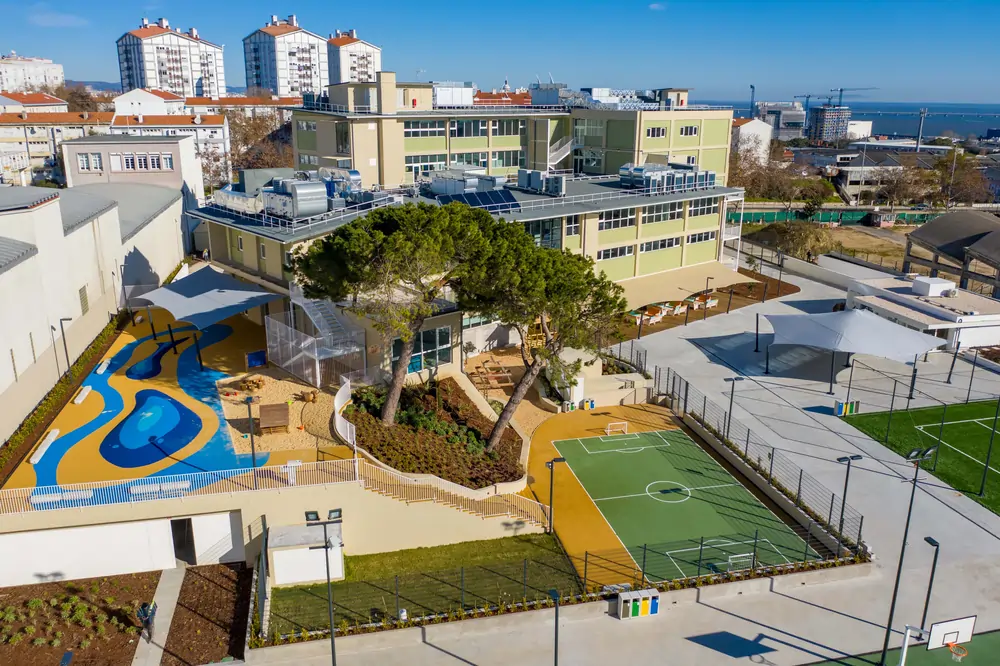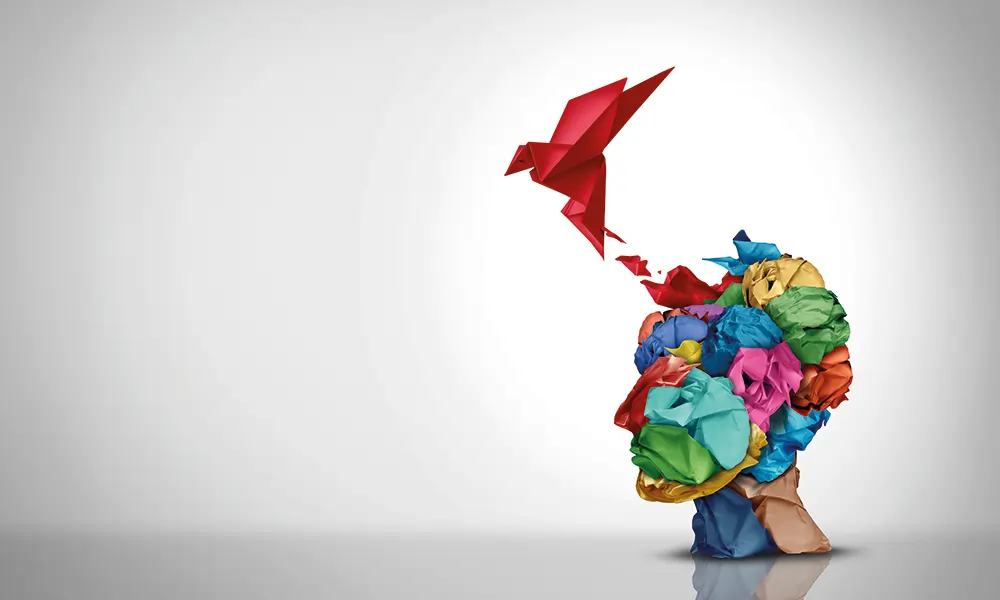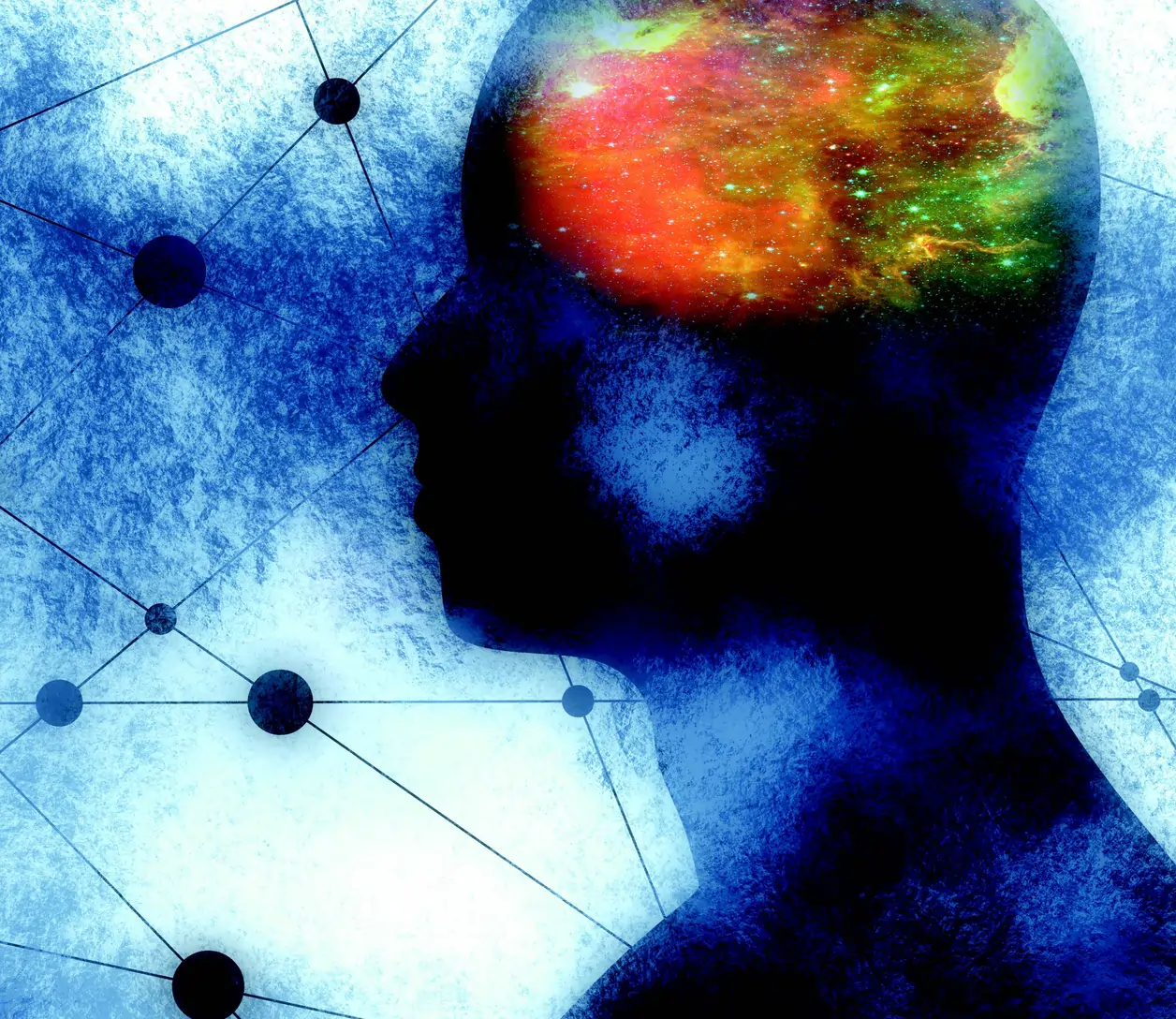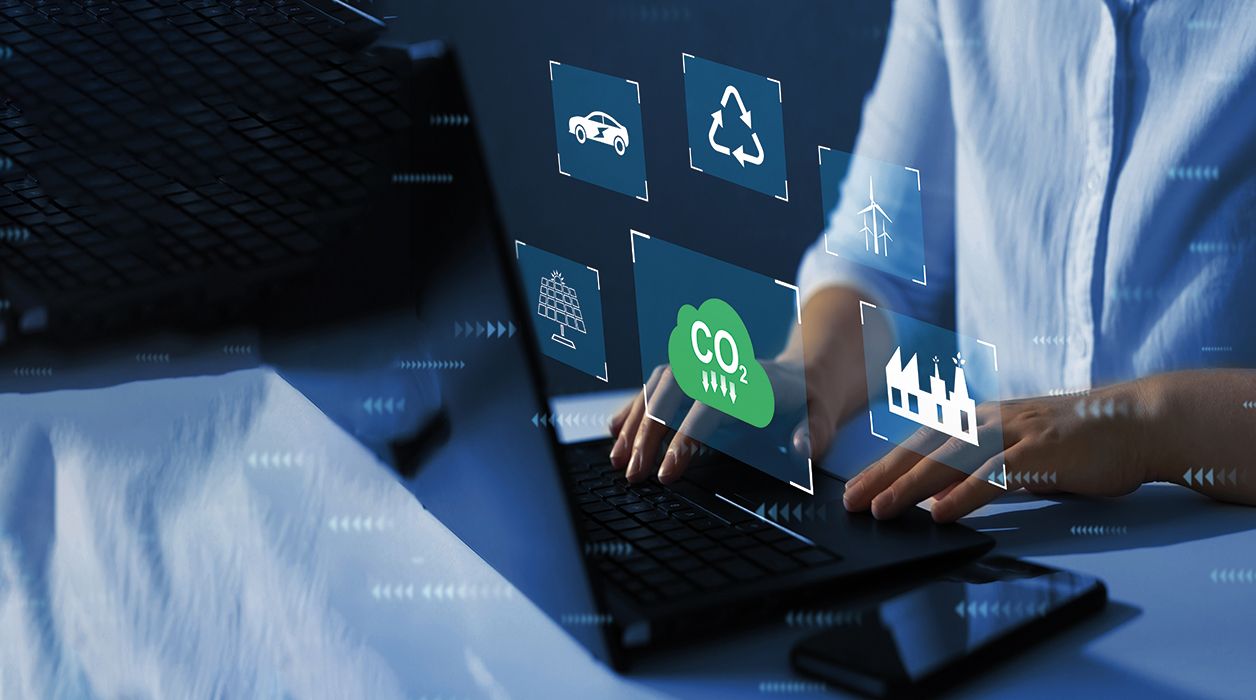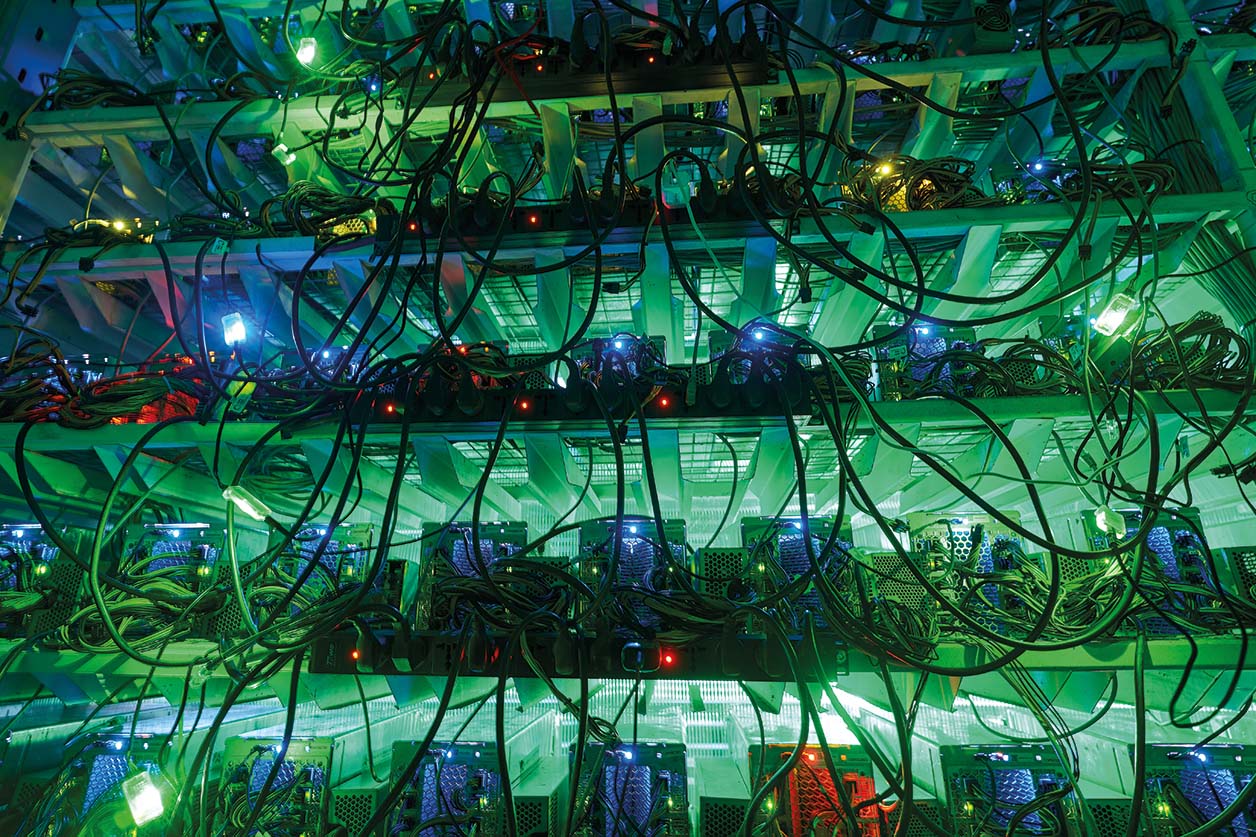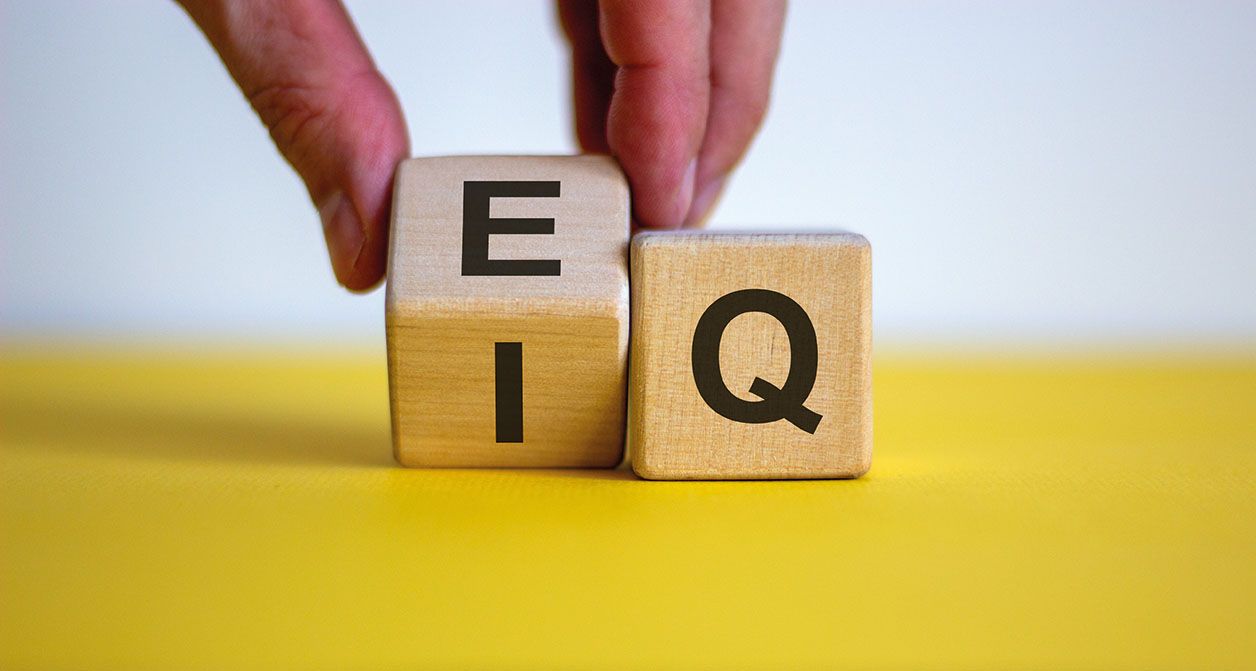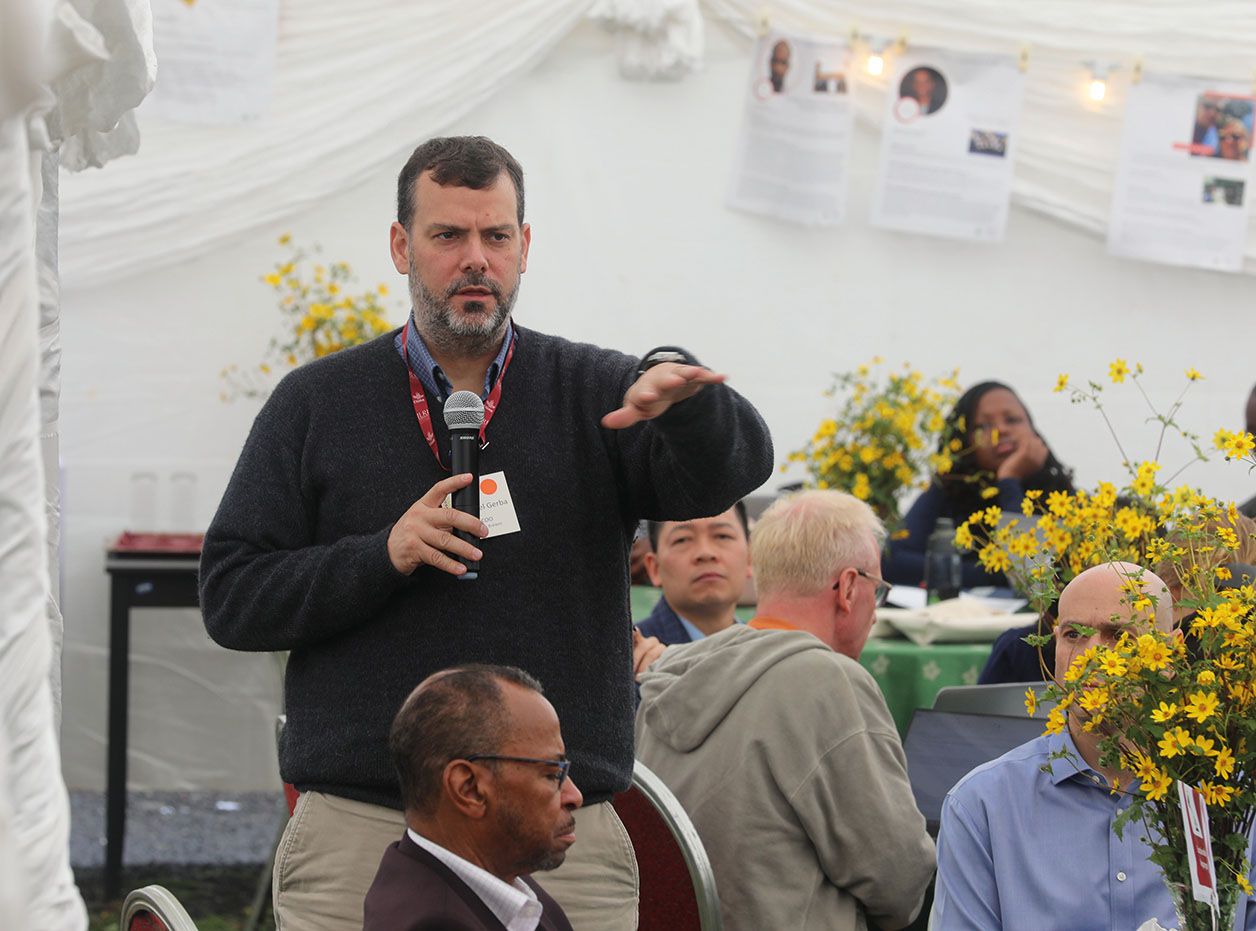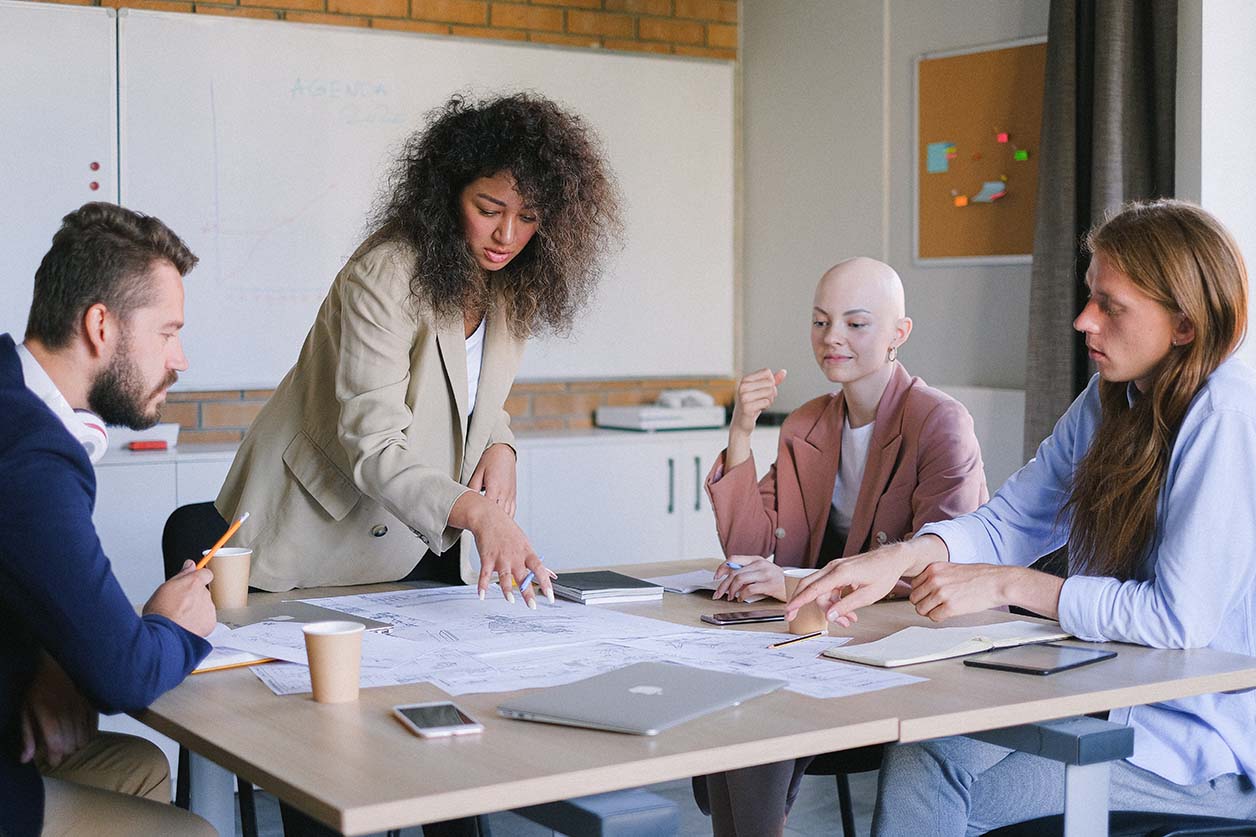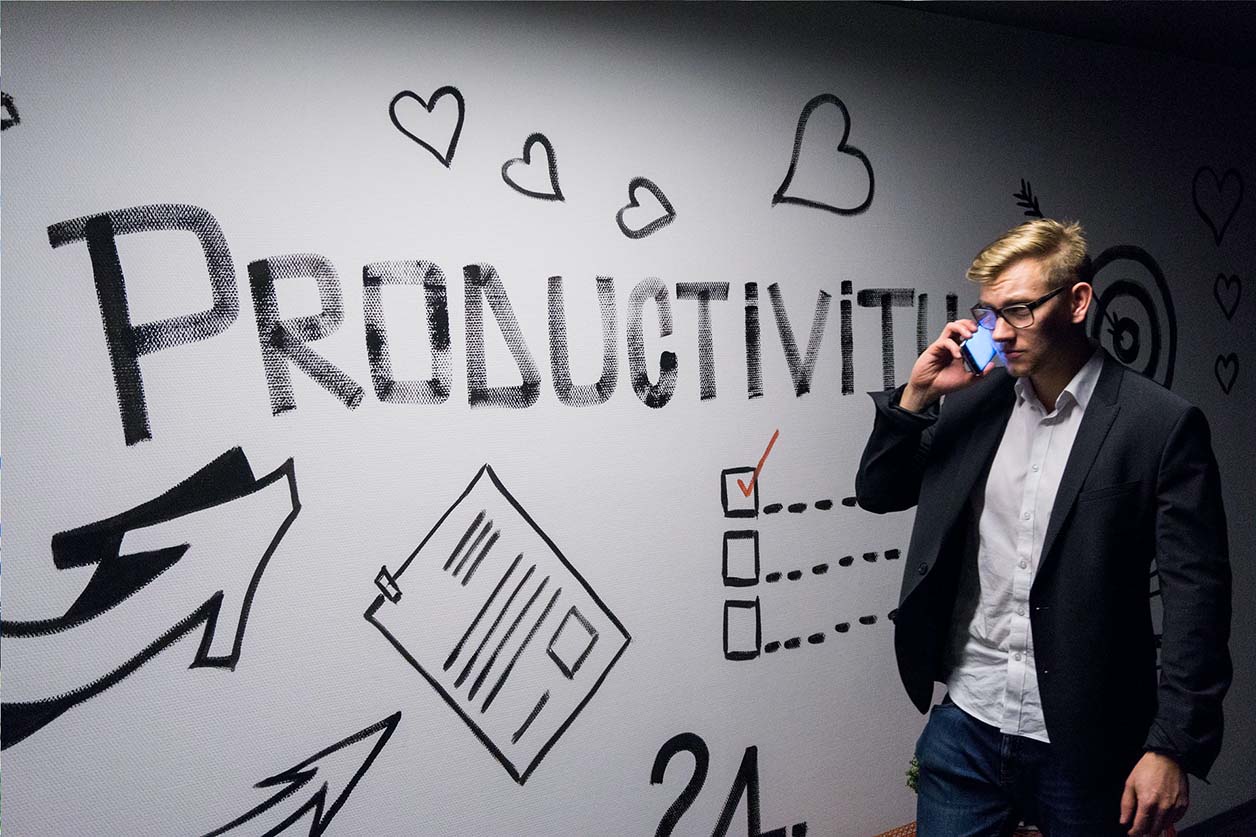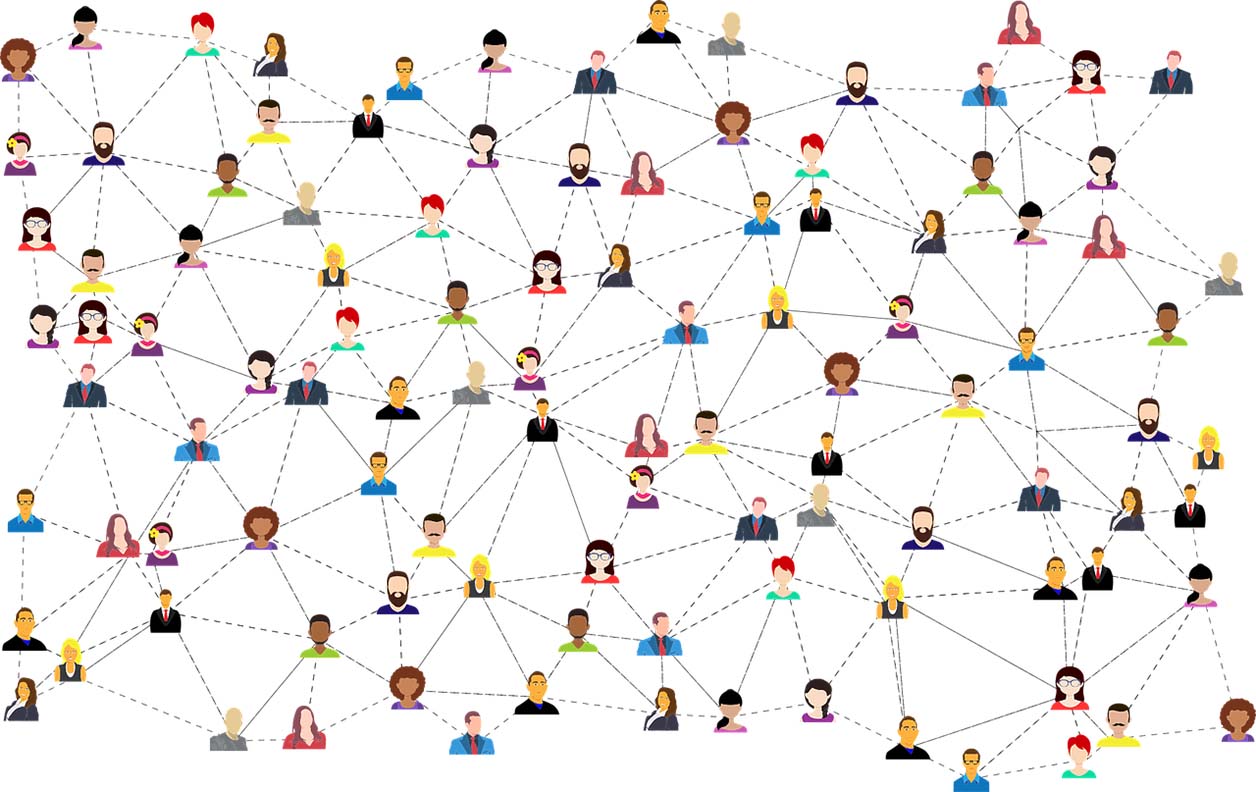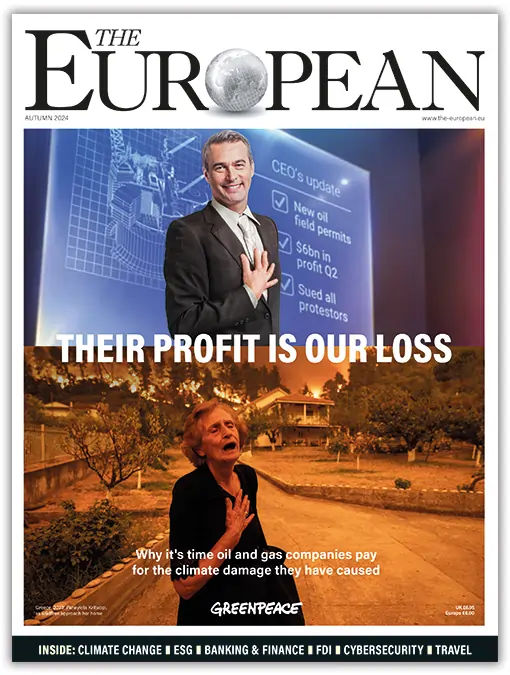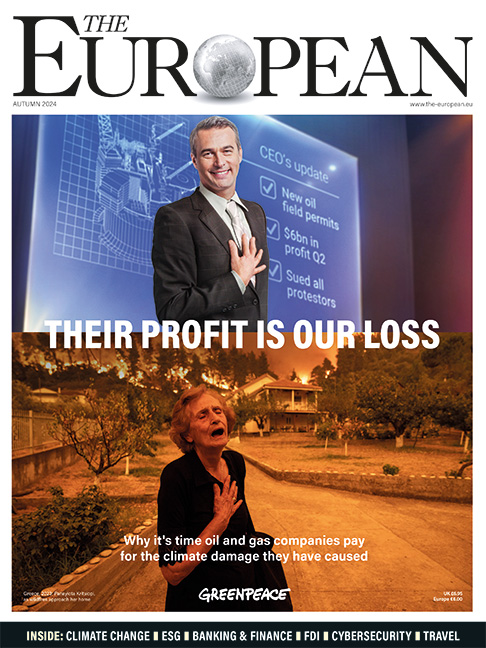Anna Roberts of iov42 digs down into the intricate network of trees, and reveals what it can teach us about the world of business
Computer science, graph theory, lineage mapping, and Apple TV’s Ted Lasso. These all might seem to be disconnected, indeed, what could programming, mathematics, families, and sit-com screenwriting possibly have in common? The answer is that all of these distinct concepts take inspiration from the humble (yet incredibly connected) tree – from its unique structure, to the fascinating network it builds in conjunction with others of its kind. Let us explain.
The hidden world of trees
Trees, like humans, communicate with one another. As a result of the ground-breaking work of Canadian scientist and professor Suzanne Simard, we now know that they share messages through intricate networks of complex chemical and electrical signals.
Trees are able to warn one another about impending dangers and risks from all around their environment and transport messages and nutrients to other participants in their network. Notably, their communication also allows them to recognise their own kind and help them flourish by sharing resources, similar to the benefits that come from team building or improved collaboration. The so-called mycorrhizal network that trees use to communicate, when depicted visually, is not unlike the labyrinthine neuron pathways that make up the human brain. It is also reminiscent of what is possibly the most powerful network linking humans from all over the world today: the internet.
There is a reason why human anatomy mapped itself on trees in this way, and why we took inspiration from the language of the forest to build our own worldwide network. Nature is, quite simply, the world’s longest-running research and development project, with millions of years of evolution under its belt. Rather than going against it, we should take note and listen to what it has to say about communication and resource-sharing.
Nature has the answer
At a time when we are facing monumental climate challenges, it is more important than ever to think holistically and to seek out nature for inspiration. The learnings from the language of trees can be applied directly to the way we use technology within our businesses to share vital information and collaborate to eradicate illegal deforestation. An important example is the use of Distributed Ledger Technology, or DLT, in the timber trade. DLT enhances communication and clarity across the supply chain, enabling stronger traceability of timber worldwide, meaning we can better map out legal logging and stop illegal logging in its tracks.
Recent legislation like the UK Environment Act and the EU Deforestation Regulation (EUDR) have taken important steps towards protecting our precious environment. However, while regulation is extremely helpful in making the necessary change happen, it often leaves organisations feeling unprepared.
iov42’s latest timber traceability report found that only 26% of organisations across the UK and Europe are fully prepared for incoming deforestation regulation. So, what can trees, the ancient communication experts, teach us about this endeavour?
Creating networks that enable collaboration
Trees know that they are stronger together: they have more protection against the challenges that diseases, harmful insects, or herbivores pose. Though enemies look different in the business world, often taking the shape of economic or cyber threats rather than biological challenges, collaboration remains just as powerful a tool. By working together with governments and businesses, organisations can create similarly strong networks that can facilitate greater visibility and due diligence, supporting one another in complying with net-zero goals and incoming environmental regulations.
At iov42, this lesson helps us improve processes in many industries. Advanced network technologies mean we can create solutions such as electronic proof of delivery (ePOD) and digital product passports (DPPs) which improve traceability, recycling and minimise waste.
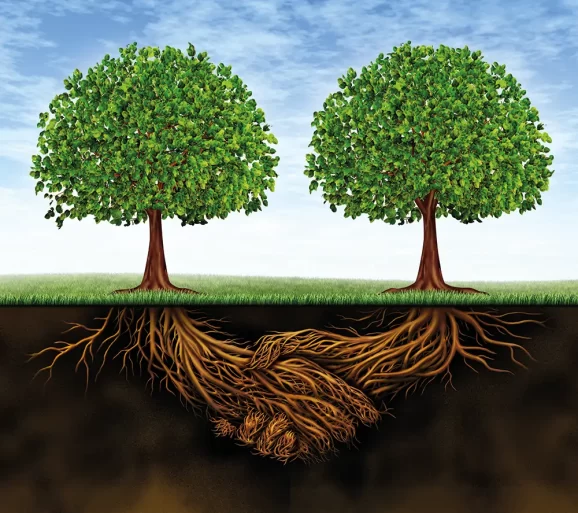
Fuelling effective communication and trust
The mycorrhizal network allows trees to recognise if their own kin is growing nearby and support them by transporting nutrients through the underground connection. These kinds of mutually beneficial relationships should be appreciated and nurtured by organisations, too. Just like trees, stakeholders in the industry will favour those that are willing and open to building trust-based connections and long-standing relationships. DLT-enabled traceability solutions show the benefits of effective communication and trust outside of the forest. This technology allows for improved delivery visibility, which is largely important when stolen freights and cargo losses come into play. This is not just a financial question – according to the consultancy Wood Mackenzie, 2022 saw €17m lost in stolen cargo in just 31 days across 28 EMEA countries – but also one of sustainability.
The steel sector also released more than 3.3 billion tonnes of greenhouse gases in 2021, according to the Transported Asset Protection Organisation, with a significant amount dedicated to production increases making up for stolen products. Improved traceability can reduce the chances of cargo being stolen or “lost” and therefore ease the environmental burden of steel companies.
Listening and adapting with data
Trees can share valuable information with one another so that those in their network are prepared for, and protected from danger. Organisations should also rely on the power of their trusted connections to acquire new data and use it to improve the way they operate. Knowledge is power: the more information you gather and the more willing you are to listen to it, the better your chance of survival.
This seems simple, but this concept nods to everything we do at iov42 – specifically the way we work with other organisations. Our partnerships are established and driven by our shared passion for information and for making the collaboration between companies easier and worthwhile for both parties.
About the Author
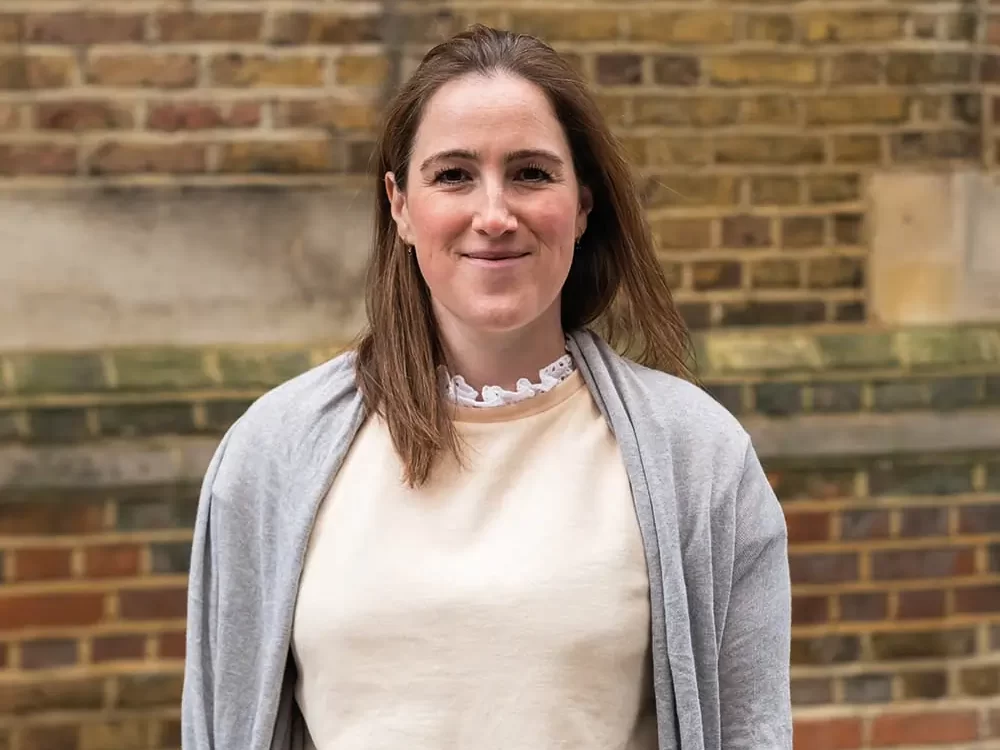
Anna Roberts is a social technologist and Head of Market Development at iov42 – creator of DLT traceability and compliance solutions, and part of the Cambridge Institute for Sustainability Leadership Circular Economy Accelerator.


